Air Quality & Mobility
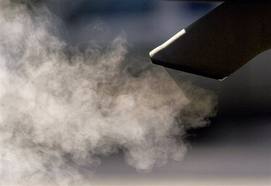
Bangladesh is among the least developed agrarian nations in the region, although since its creation in 1971 there has been some growth in its industrial sector. Air pollution and congestion has emerged as a leading concern, especially in major urban areas like Dhaka, with its large fleet of diesel-powerd vehicles. The problem is exacerbated by unplanned industrial expansion and poor transport infrastructure.
Moreover, automobiles on the roads are often old, overloaded and poorly serviced. According to an assessment made by the Department of Environment, Government of Bangladesh, more than 60 percent of the total vehicle fleet emit emissions far exceeding the prescribed limits; poor quality CNG conversion kits in vehicles only adds to the problem.
Air pollution poses serious environmental and health risks. World Health Organisation says Dhaka’s air quality to be among the worst in the world. Likewise, the Department of Environment (DoE) data show Dhaka’s air quality deteriorates in the December – March period, when the density of airborne particulate matter (PM) reaches 463 micrograms per cubic meter (mcm) in the city -- is the highest level in the world, and which leads to serious respiratory ailments. According to the World Bank-funded Air Quality Management Project (AQMP) in Bangladesh, several million cases of pulmonary, respiratory and neurological illness are attributed to poor air quality in Dhaka.
The country’s poor urban air quality is surprising, given the country’s massive Compressed Natural Gas (CNG) programme.
CNG Programme
The country’s choice of CNG to fuel Bangladesh’s vehicle fleet was based on comparatively lower emission levels than other fuels, as well as on the extensive natural gas reserves in the country. CNG makes eminent economic sense as it helps the country diversify the fuel basket and reduce dependence on imported petroleum fuels (Bangladesh imports all its petroleum fuels).
Significantly, Dhaka switched to CNG at a time when even Euro I emissions standards were not in place, and the sulphur content in imported diesel was as high as 2500 to 5000 parts per million (ppm). Over the past few years, the share of Natural Gas Vehicles (NGVs) has shot up to 61 per cent in Bangladesh; the country leads South Asia -- and the world – in its CNG programme.
CNG has primarily targeted to replace diesel buses, and taxis and polluting three-wheeled vehicles. The environmental benefits have multiplied because it is linked with a public transport augmentation plan. In one stroke, the CNG programme allowed the country to leapfrog beyond polluting diesel technologies and two-stroke engines.
CNG programme expansion
There are several technical and policy issues that require immediate regulatory attention to strengthen the NGV programme for maximum public health, environmental and energy security benefits in Bangladesh:
Recent policy decisions:
- Introduction of Compressed Natural Gas (CNG) which has tremendously helped reduce the air pollution of Dhaka city
- Introduction of unleaded gasoline from July 1, 1999
- Notification of lubricant standards on January 1, 2001
- Banning of buses older than 20 years and trucks older than 25 years in Bangladesh from 2002
- Banning of two & three wheeler vehicles with two stroke engine from January 1, 2003
- Banning of imported reconditioned cars older than 5 years
- To reduce congestion, reduction in the number of non-motorized vehicles and restrictions on their movement within certain areas of the city and during specific periods of the day.
- Banning of operation of commercial trucks in Dhaka city from 8 am to 10 pm
Key Data:
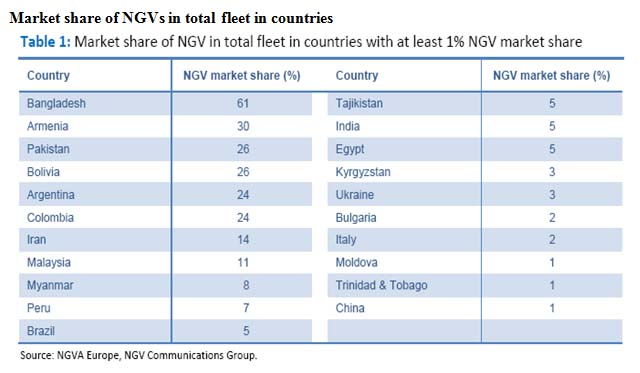
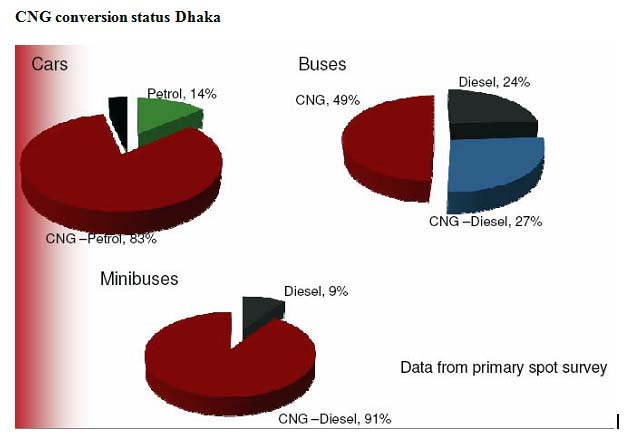
Energy Production-Bangladesh
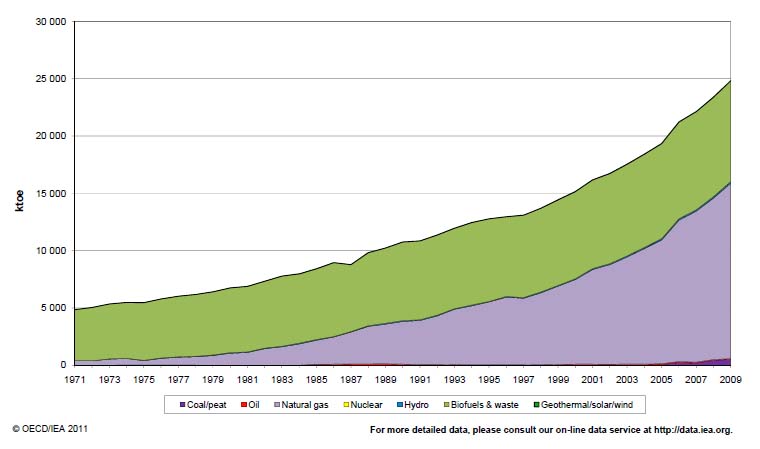
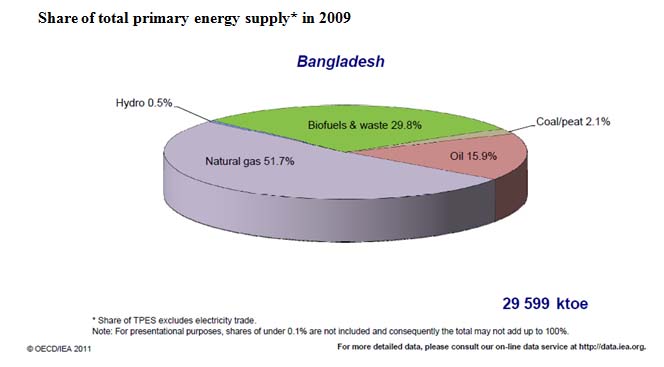

Related Content
- Order of the Punjab and Haryana High Court regarding unauthorized constructions in areas of DLF City, Gurugram, Haryana, 13/02/2025
- E-bikes: charging toward compact cycling cities
- Improving the quality of walking and cycling in cities
- Toward developing a mobility and gender index
- State and trends of carbon pricing: international carbon markets
- Mapping air pollution in Bengaluru using low-cost sensors and mobile monitoring data

